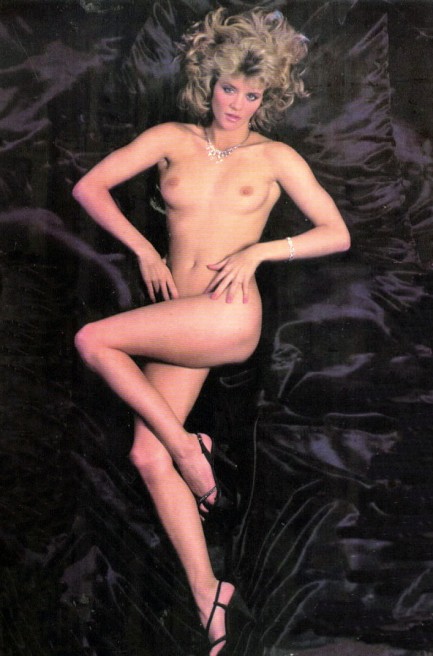 Sometimes you want your house to be a little dirty. 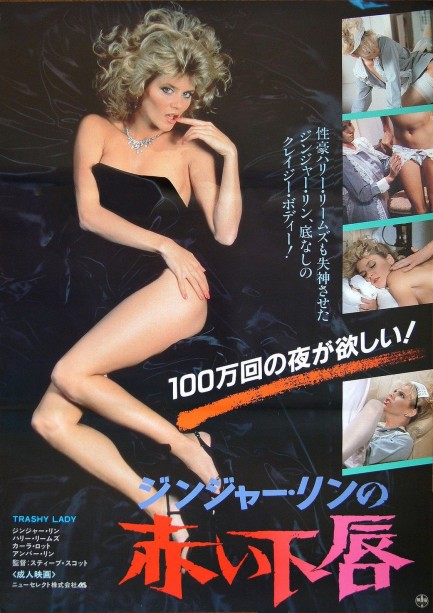
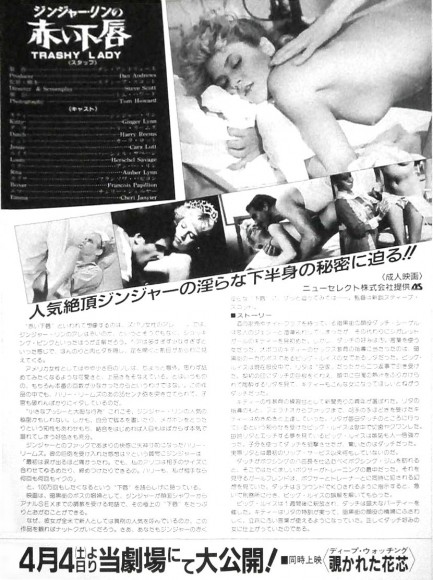 The thing about Japanese promos for U.S. adult films—and we've mentioned this before—is that they usually have rare images of the lead actresses. Such is the case with the above item, made for Trashy Lady, featuring x-rated legend Ginger Lynn alluringly wrapped in a silk or satin sheet. In Japan the movie was titled ジンジャー・リンの赤い唇, which means, “Ginger Lynn's red lips.” The thing about Japanese promos for U.S. adult films—and we've mentioned this before—is that they usually have rare images of the lead actresses. Such is the case with the above item, made for Trashy Lady, featuring x-rated legend Ginger Lynn alluringly wrapped in a silk or satin sheet. In Japan the movie was titled ジンジャー・リンの赤い唇, which means, “Ginger Lynn's red lips.” The plot is simple—Harry Reems, playing a big city crime kingpin, decides to make smalltown Ginger his girlfriend, but since she's too innocent, he needs her to be retrained into the type of woman he prefers—a trashy lady. You know, of course, what sort of activities the makeover involves.
It's cute when porn folks try to make a period movie, and this one, which is set during the Great Depression, comes complete with fancy costumes, a couple of nice sets, and even a high quality opening credit sequence. In the end it's still sort of like low rent community theater with oral sex, but it's all in good fun. As a side note, every website you look at says Reems plays real-life gangster Dutch Schultz, but guess what? We actually watch these flicks, and the character he plays is the fictional Dutch Seigel, not Dutch Schultz. Who cares, right? Well, we do. Originally released in 1985, Trashy Lady opened in Japan today in 1987.
 Crime magazine gives readers the gifts of death and mayhem. 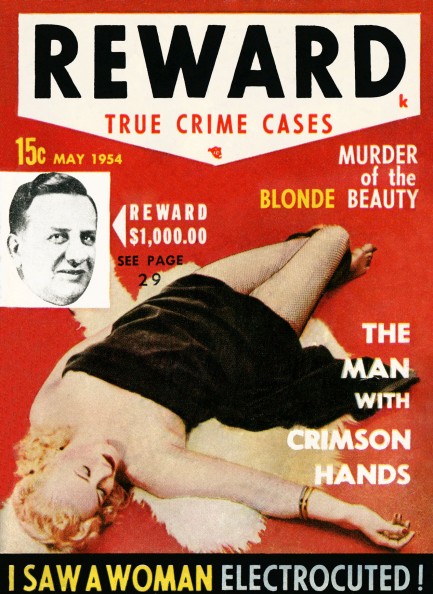
Produced by the J.B. Publishing Corp. of New York City, Reward was a true crime magazine, another imprint designed to slake the American public's thirst for death and mayhem. Inside this May 1954 issue the editors offer up mafia hits, Hollywood suicides, domestic murder, plus some cheesecake to soothe readers' frazzled nerves, and more. The cover features a posed photo of actress Lili Dawn, who was starring at the time in a film noir called Violated. It turned out to be her only film. In fact, it turned out to be the only film ever acted in by top billed co-star William Holland, as well as supporting cast members Vicki Carlson, Fred Lambert, William Mishkin, and Jason Niles. It must have been some kind of spectacularly bad movie to cut short all those careers, but we haven't watched it. It's available for the moment on YouTube, though, and we may just take a gander later. Because Reward is a pocket sized magazine the page scans are easily readable, so rather than comment further we'll let you have a look yourself. 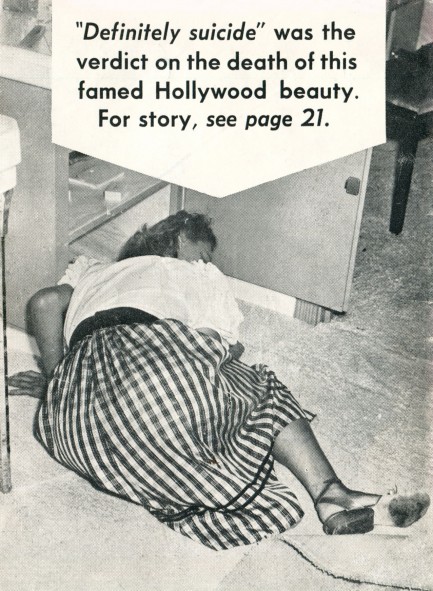 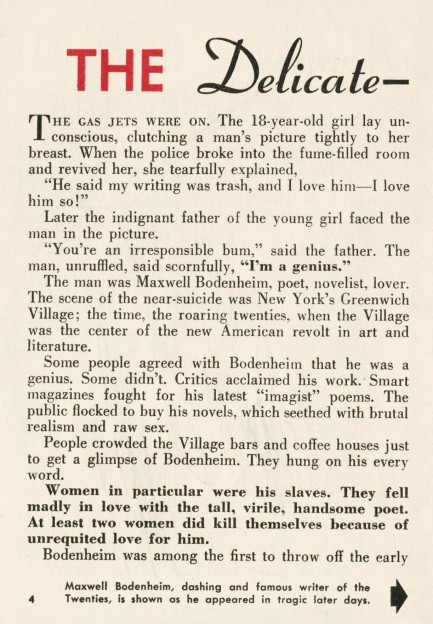 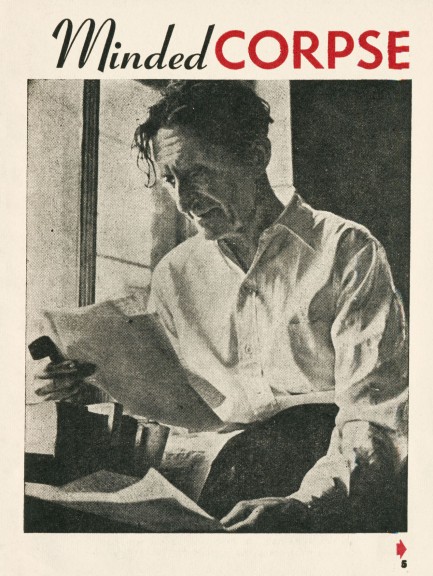 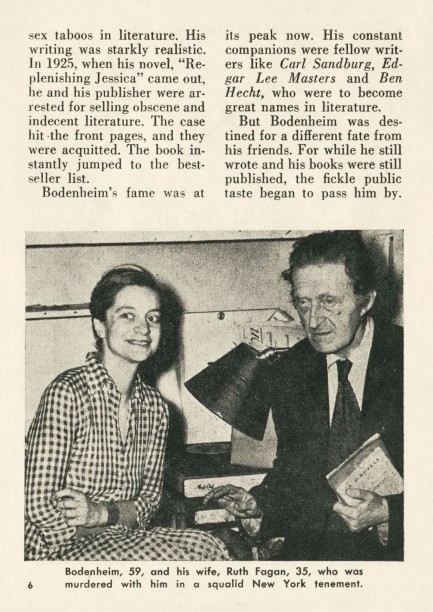 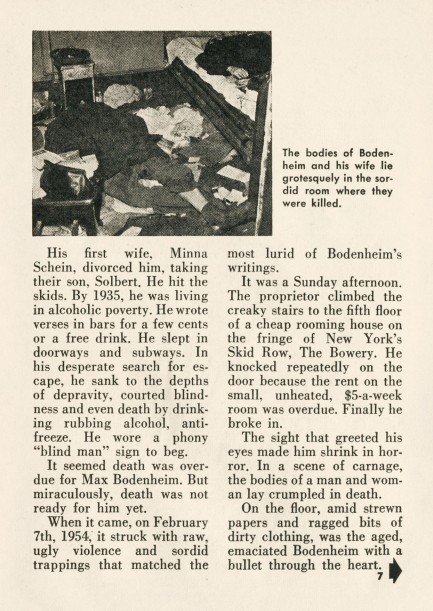 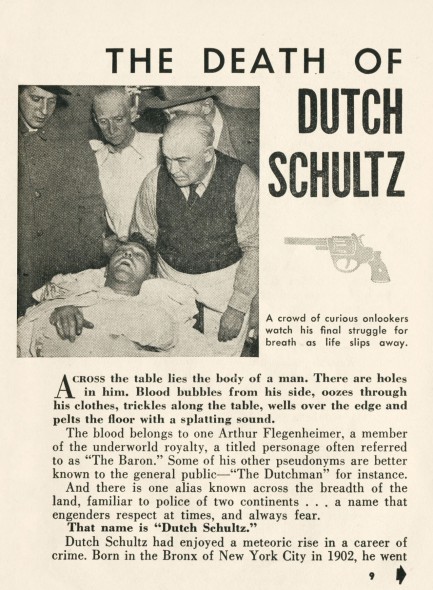 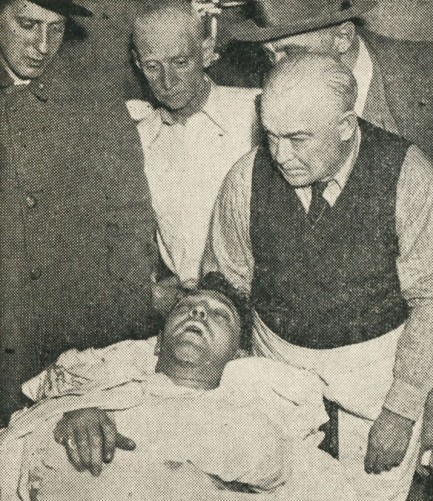 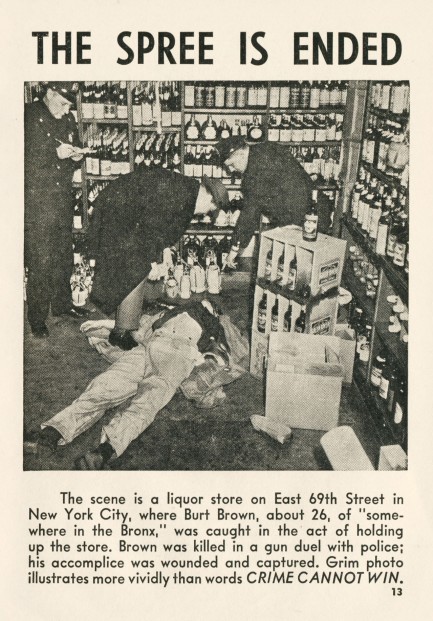 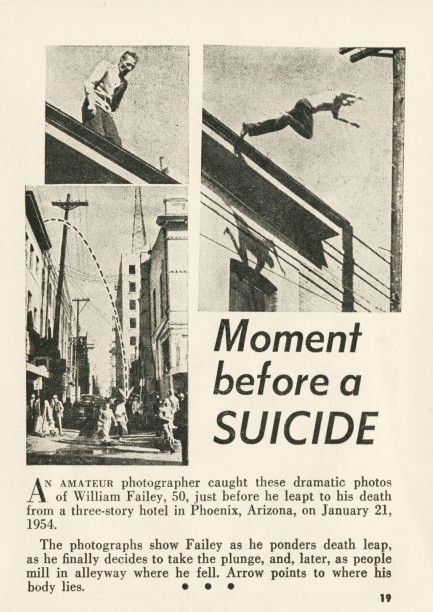 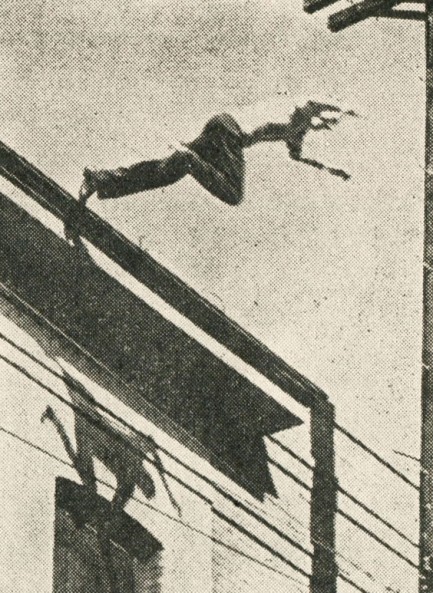  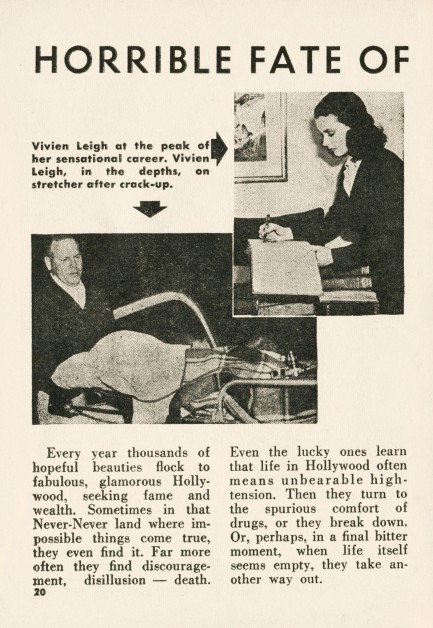 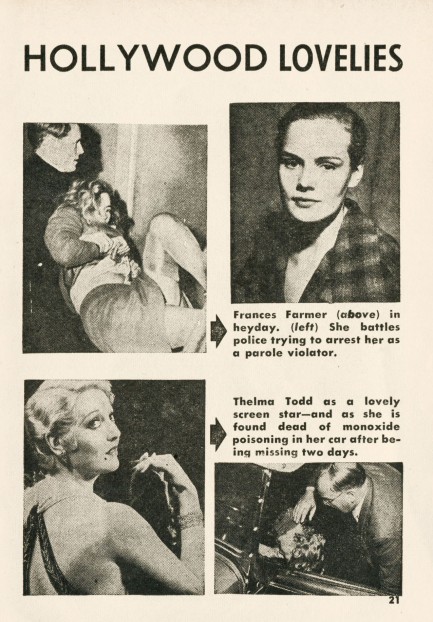 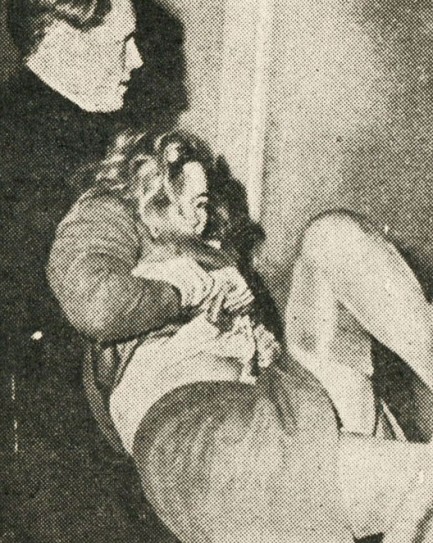 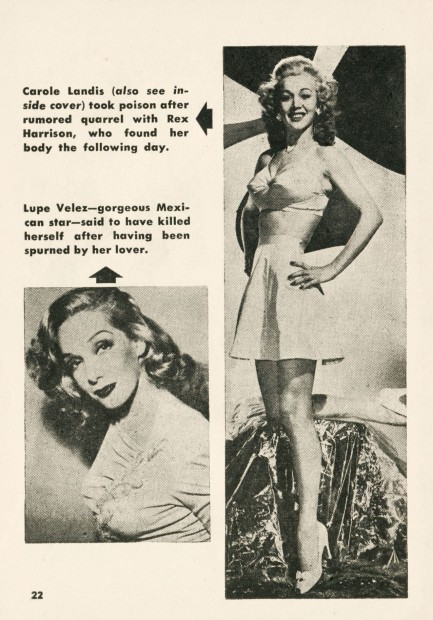 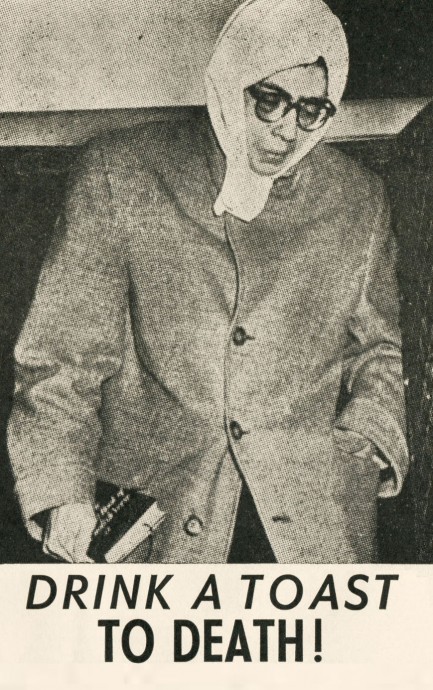 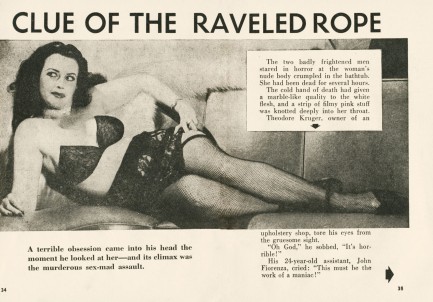 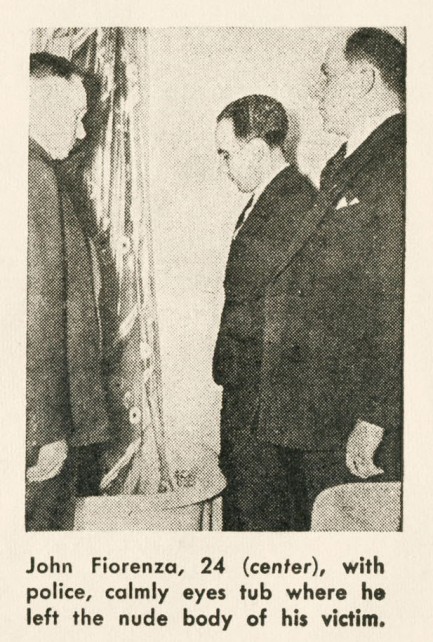 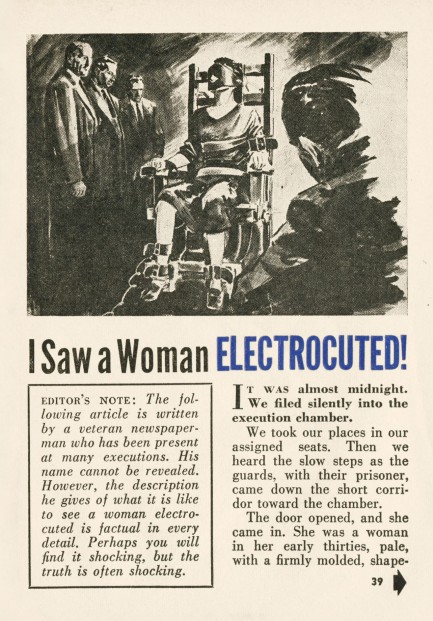 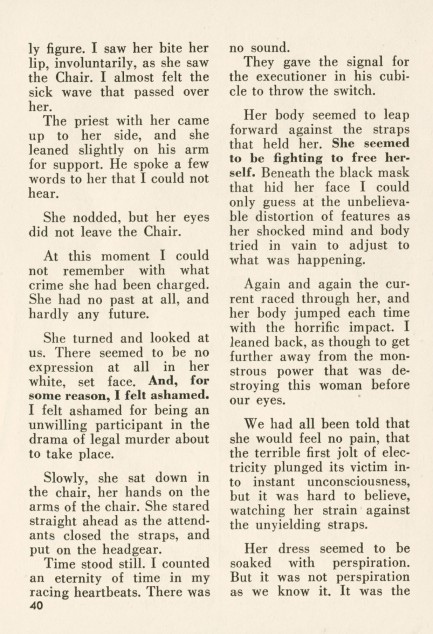 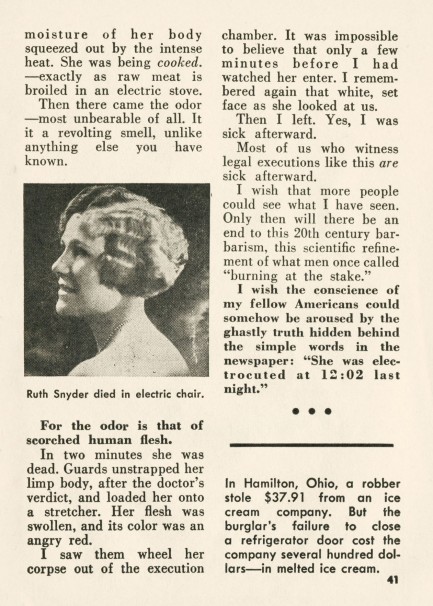 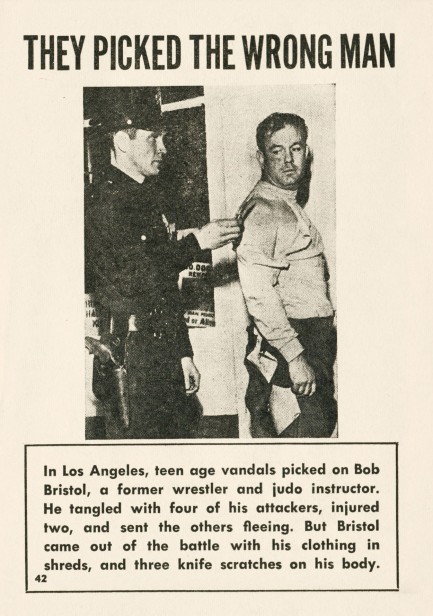 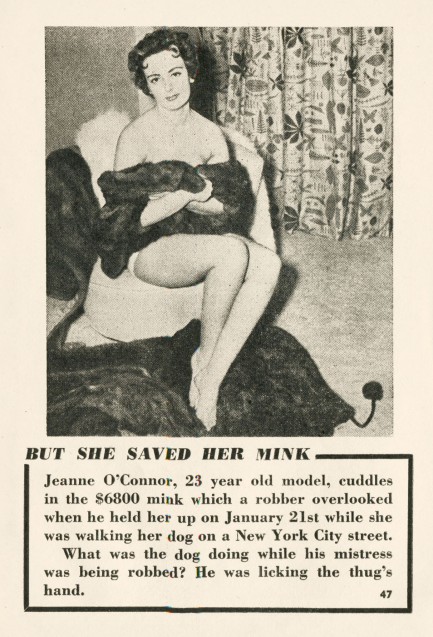 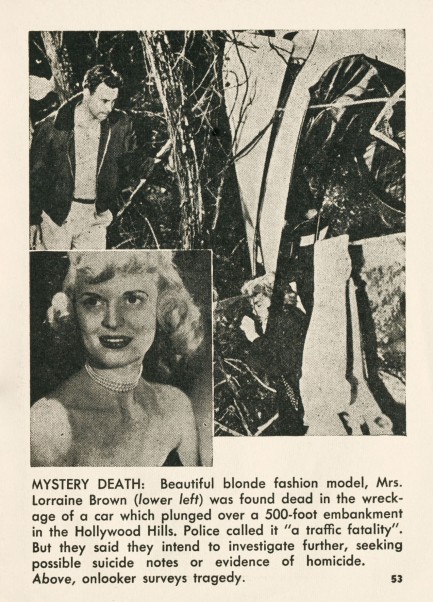 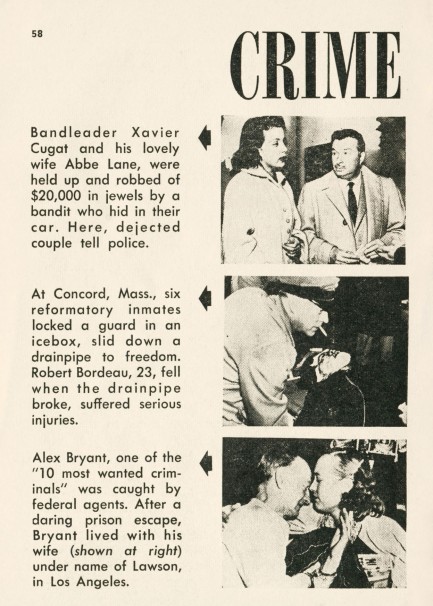 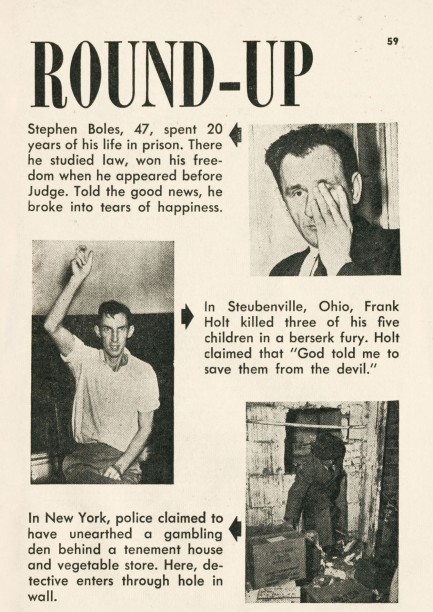 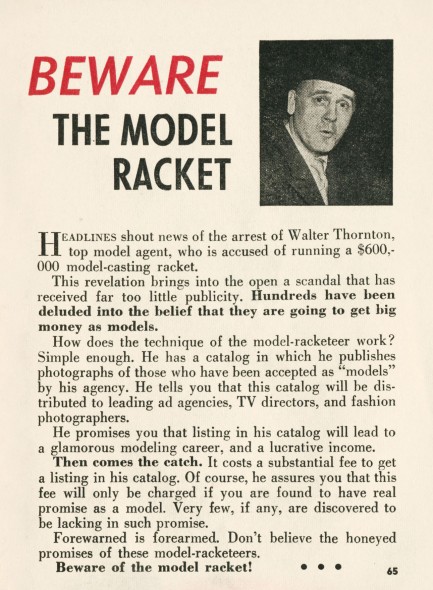 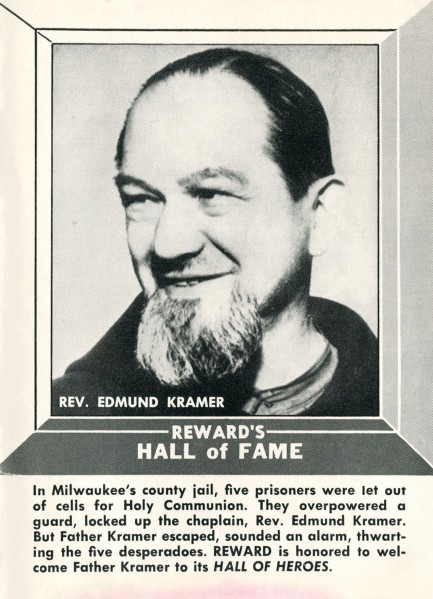 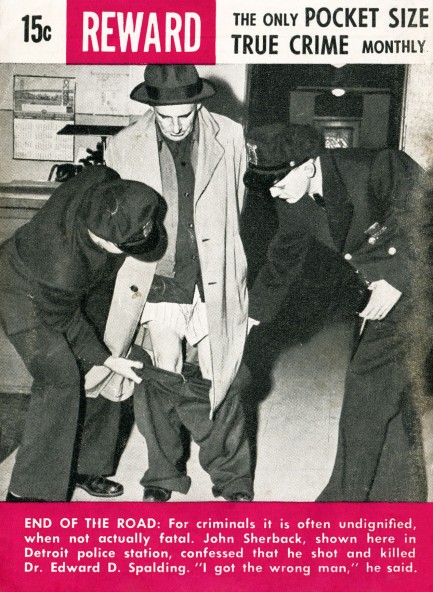
 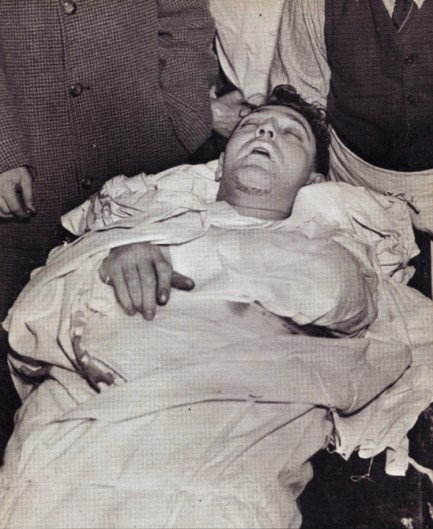
In previous decades, lawmen had a macabre habit of posing for photos around the corpses of dead criminals. In this case, the criminal is Arthur Flegenheimer, better known as Dutch Shultz, seen here on his morgue slab. The lawmen had nothing to do with his death. Shultz’s end was arranged by fellow mobsters afraid he intended to assassinate a U.S. Attorney, an act which they felt would have serious repercussions. Schultz was shot once below the heart in the men’s room of the Palace Chophouse in Newark, New Jersey. He made it to the hospital alive and survived for about a day, but even if doctors had treated him effectively—which they didn’t—Schultz would have died. His killer had deliberately used rust-coated bullets that would have brought on septicemia. It was untreatable at that time, today, 1935.
|
 |

The headlines that mattered yesteryear.
1939—Batman Debuts
In Detective Comics #27, DC Comics publishes its second major superhero, Batman, who becomes one of the most popular comic book characters of all time, and then a popular camp television series starring Adam West, and lastly a multi-million dollar movie franchise starring Michael Keaton, then George Clooney, and finally Christian Bale. 1953—Crick and Watson Publish DNA Results
British scientists James D Watson and Francis Crick publish an article detailing their discovery of the existence and structure of deoxyribonucleic acid, or DNA, in Nature magazine. Their findings answer one of the oldest and most fundamental questions of biology, that of how living things reproduce themselves. 1967—First Space Program Casualty Occurs
Soviet cosmonaut Vladimir Komarov dies in Soyuz 1 when, during re-entry into Earth's atmosphere after more than ten successful orbits, the capsule's main parachute fails to deploy properly, and the backup chute becomes entangled in the first. The capsule's descent is slowed, but it still hits the ground at about 90 mph, at which point it bursts into flames. Komarov is the first human to die during a space mission. 1986—Otto Preminger Dies
Austro–Hungarian film director Otto Preminger, who directed such eternal classics as Laura, Anatomy of a Murder, Carmen Jones, The Man with the Golden Arm, and Stalag 17, and for his efforts earned a star on Hollywood's Walk of Fame, dies in New York City, aged 80, from cancer and Alzheimer's disease. 1998—James Earl Ray Dies
The convicted assassin of American civil rights leader Martin Luther King, Jr., petty criminal James Earl Ray, dies in prison of hepatitis aged 70, protesting his innocence as he had for decades. Members of the King family who supported Ray's fight to clear his name believed the U.S. Government had been involved in Dr. King's killing, but with Ray's death such questions became moot.
|

|
|

It's easy. We have an uploader that makes it a snap. Use it to submit your art, text, header, and subhead. Your post can be funny, serious, or anything in between, as long as it's vintage pulp. You'll get a byline and experience the fleeting pride of free authorship. We'll edit your post for typos, but the rest is up to you. Click here to give us your best shot.

|
|


 The thing about Japanese promos for U.S. adult films—and we've mentioned this before—is that they usually have rare images of the lead actresses. Such is the case with the above item, made for Trashy Lady, featuring x-rated legend Ginger Lynn alluringly wrapped in a silk or satin sheet. In Japan the movie was titled ジンジャー・リンの赤い唇, which means, “Ginger Lynn's red lips.”
The thing about Japanese promos for U.S. adult films—and we've mentioned this before—is that they usually have rare images of the lead actresses. Such is the case with the above item, made for Trashy Lady, featuring x-rated legend Ginger Lynn alluringly wrapped in a silk or satin sheet. In Japan the movie was titled ジンジャー・リンの赤い唇, which means, “Ginger Lynn's red lips.”